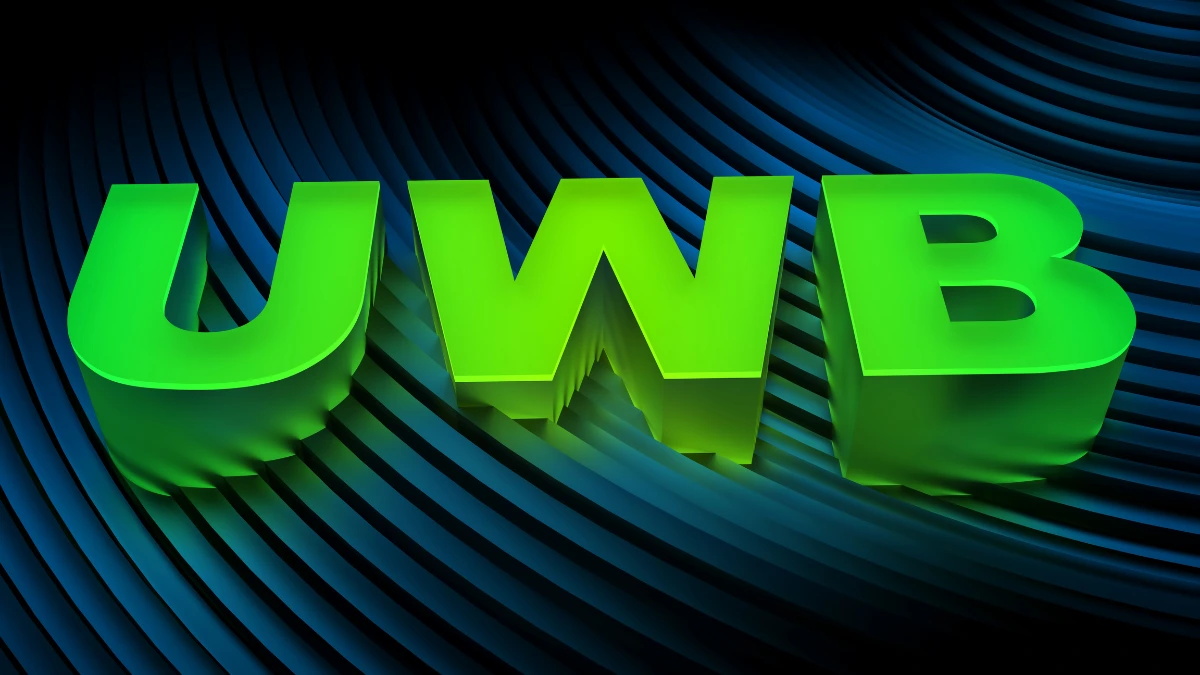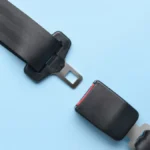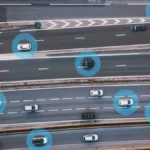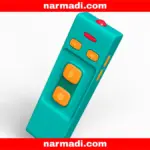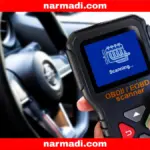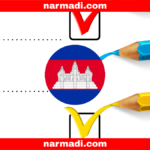Ultra-wideband (UWB) is an innovative way of wireless data transmission that can be used for various applications such as voice, video, and data transfer.
It turns out that UWB is an old technology, it is more than 100 years old. It was first used by Guglielmo Marconi, one of the Italian innovators in 1901 to transmit music from radio stations to ships at sea.
In recent years many industry observers have claimed UWB has proven more successful than Bluetooth because it has superior speed, is cheaper, uses less power, is safer, and provides superior location discovery and device range.
Also Read
In this article, we will explain the history of UWB, how it works, and its regulation in Indonesia.
Table of Contents
What is UWB?
UWB is a technology that enables high bandwidth data transmission over a very wide frequency range.
UWB signals can propagate over very long distances and are not affected by interference from other electronic devices.
UWB, often called impulse radio UWB (IR-UWB), is a technology that uses short pulses to transmit data through free space.
Ultra-wideband can be passive or active, depending on the situation. UWB does not contain any major drawbacks but does have some limitations in distance and frequency.
To understand how UWB works, you need to know what it is made of and what makes UWB so unique from all the other types of technology out there today.
History of UWB
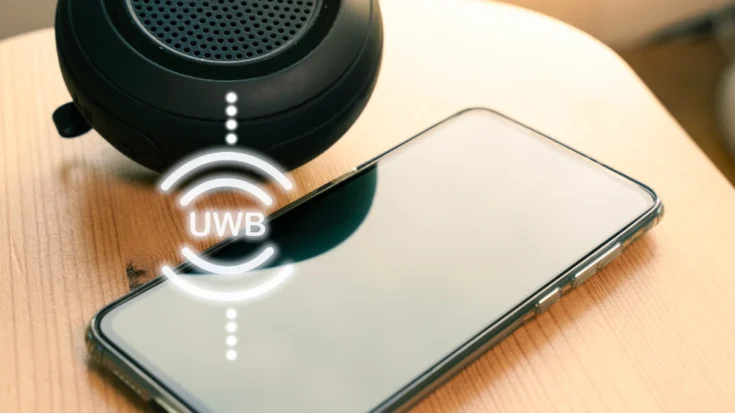
The history of UWB technology dates back to the time of the first man-made radio when Marconi used spark-gap transmitters (short electrical pulses) for wireless communications.
In 1920, UWB signals were banned for commercial use. UWB technology is restricted to defense applications under a top-secret program for secure communications.
It wasn’t until 1992 that UWB began to receive real attention in the scientific community. The development of high-speed microprocessors and fast-switching techniques has made UWB commercially viable for short-range, low-cost communications.
Initial applications include radar systems, communications, consumer electronics, wireless personal area networks, localization, and medical electronics. Since then, detailed knowledge of UWB electromagnetics, components, and systems engineering has been developed.
In 2002, the US Federal Communications Commission (FCC) was the first organization in the world to issue UWB regulations allowing unlicensed use of allocated spectrum.
However, the permissible power limit is set very low to avoid interference with other technologies operating in this frequency band such as WiFi, Bluetooth, etc.
The low spectral density of UWB signals is attractive, making UWB less susceptible to in-band interference from other narrowband signals and very safe because it is difficult to detect due to its low power density.
How UWB Works
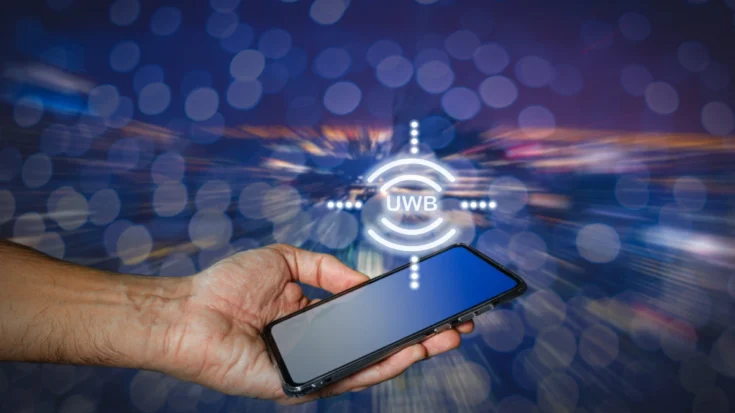
UWB operates in the 3GHz to 30GHz range, which is significantly higher than the frequency bands used for most other types of wireless communications.
This permits UWB signals to carry more information, making it a perfect arrangement for transmitting expansive records such as recordings or pictures.
UWB signals can moreover pass through impediments such as dividers and furniture, making them a great choice for indoor utilization.
UWB moreover has a long-range, which makes UWB a successful communication strategy for gadgets such as remote security cameras.
UWB signals work by sending ultra-short pulses of energy with very fast rise and fall times (faster than the time it takes for sound to travel one foot). UWB signals can be used in two different ways: as a carrier wave or as a pulsed signal.
UWB carrier wave transmits data by modulating the UWB signal to create an RF carrier wave. Pulsed UWB transmits data by turning the UWB signal on and off at high speed, similar to Morse code.
One of the main advantages of UWB technology is that it can use multiple frequencies to send data simultaneously, making it possible to achieve high data rates.
UWB signals can also be used for UWB imaging, allowing them to scan objects and determine their shape.
UWB technology is still in its infancy but has a promising future as we continue to develop new applications that can take advantage of UWB’s unique properties.
UWB Regulations in Indonesia

In the context of using UWB in Indonesia, every tool or device that has a UWB feature must meet the UWB testing standards set by the Ministry of Communication and Information through the Directorate General of Digital Infrastructure (DJID).
Provisions regarding UWB testing standards are regulated in Ministerial Decree (KEPMEN) Number 260 of 2024 of the Ministry of Communication and Digital (KOMDIGI).
By the Ministerial Decree Number 260 of 2024, UWB devices are required to go through a certification and testing process to ensure they are safe, do not interfere with other frequencies, and meet applicable quality standards.
This process includes technical and safety tests to ensure the device can operate safely without causing interference to the surrounding frequency spectrum.
With this certification, users can feel calm about using a UWB device whose quality and security are guaranteed.
For manufacturers or importers of UWB devices, obtaining certification from DJID is a mandatory step before the device can be officially marketed in Indonesia.
To simplify the certification process, producers can utilize DJID certification services as a reliable solution.
Complying with these regulations not only supports legal compliance but also encourages safer and wider use of UWB technology in Indonesia.

